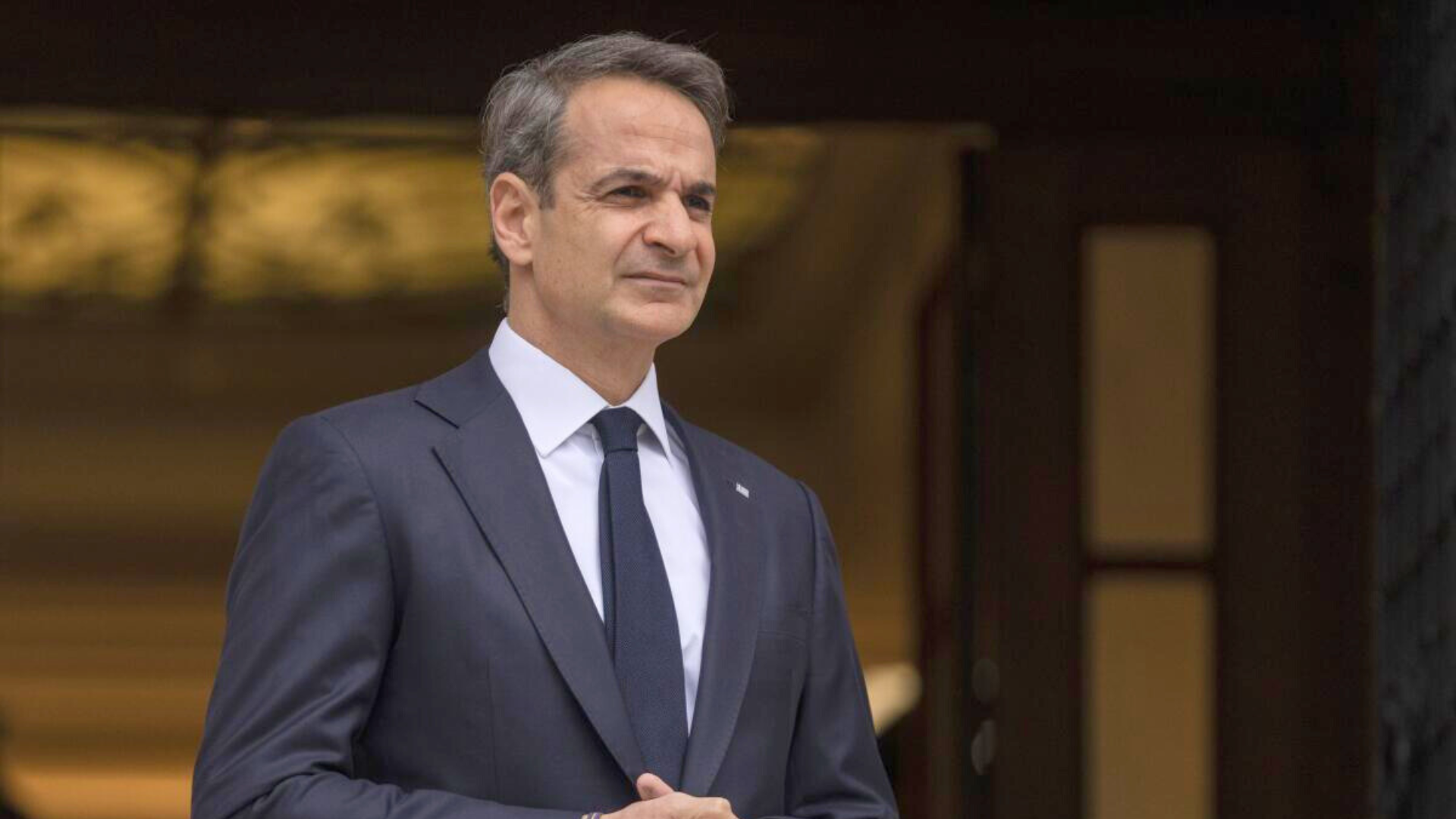Greece will equip its entire rail network with automatic remote braking and train control systems by September, Prime Minister Kyriakos Mitsotakis announced Monday, April 28, in a push to improve railway safety following the country’s deadliest train disaster in 2023, which killed 57 people—mostly students.
During a cabinet meeting, Mitsotakis also said real-time train tracking will be added as a secondary safety measure to prevent future collisions.
Investigators had previously found that remote control systems could have prevented the February 28, 2023, head-on crash between a passenger and a freight train.
The tragic incident, which sparked mass protests demanding accountability and reform, has come to symbolise chronic neglect of Greece’s railway system.
Η σημερινή συνεδρίαση του Υπουργικού Συμβουλίου επικεντρώνεται σε μία από τις πιο κρίσιμες κυβερνητικές προτεραιότητες: τη δραστική αναβάθμιση του επιπέδου ασφάλειας και ποιότητας του σιδηροδρόμου στη χώρα. https://t.co/Xd9yqwl9sc pic.twitter.com/iOrkprFwkx
— Prime Minister GR (@PrimeministerGR) April 28, 2025
The government had repeatedly delayed a 2014 EU co-funded project to install the European Train Control System (ETCS), and several Greek officials now face EU charges over mismanagement of that contract.
Mitsotakis pledged to fully modernise the country’s 2,400 km (1,500-mile) railway network by 2027.
In addition to a national action plan, Greece’s accident investigation authority issued recommendations in February for the railway regulator, Hellenic Train (a subsidiary of Italy’s Ferrovie dello Stato), the Hellenic Railways Organisation (OSE), and the transport ministry.
The PM also committed to overhauling OSE by improving wages, increasing hiring, and implementing staff performance monitoring.

